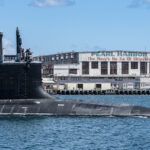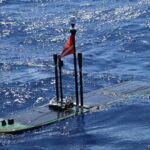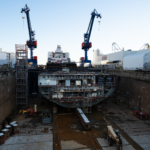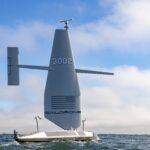
The Navy’s top officer this week argued the service’s fiscal year 2023 request to retire 24 ships aims to redirect resources from expensive ship fixes and operating costs to increased weapons production lines and balance other costs. “Our entering argument is what can we afford, so in other words, you won't have a Navy bigger than one that we can sustain. So in taking a look at our top line, we then stratified all of our platforms based on their…

 By
By 











